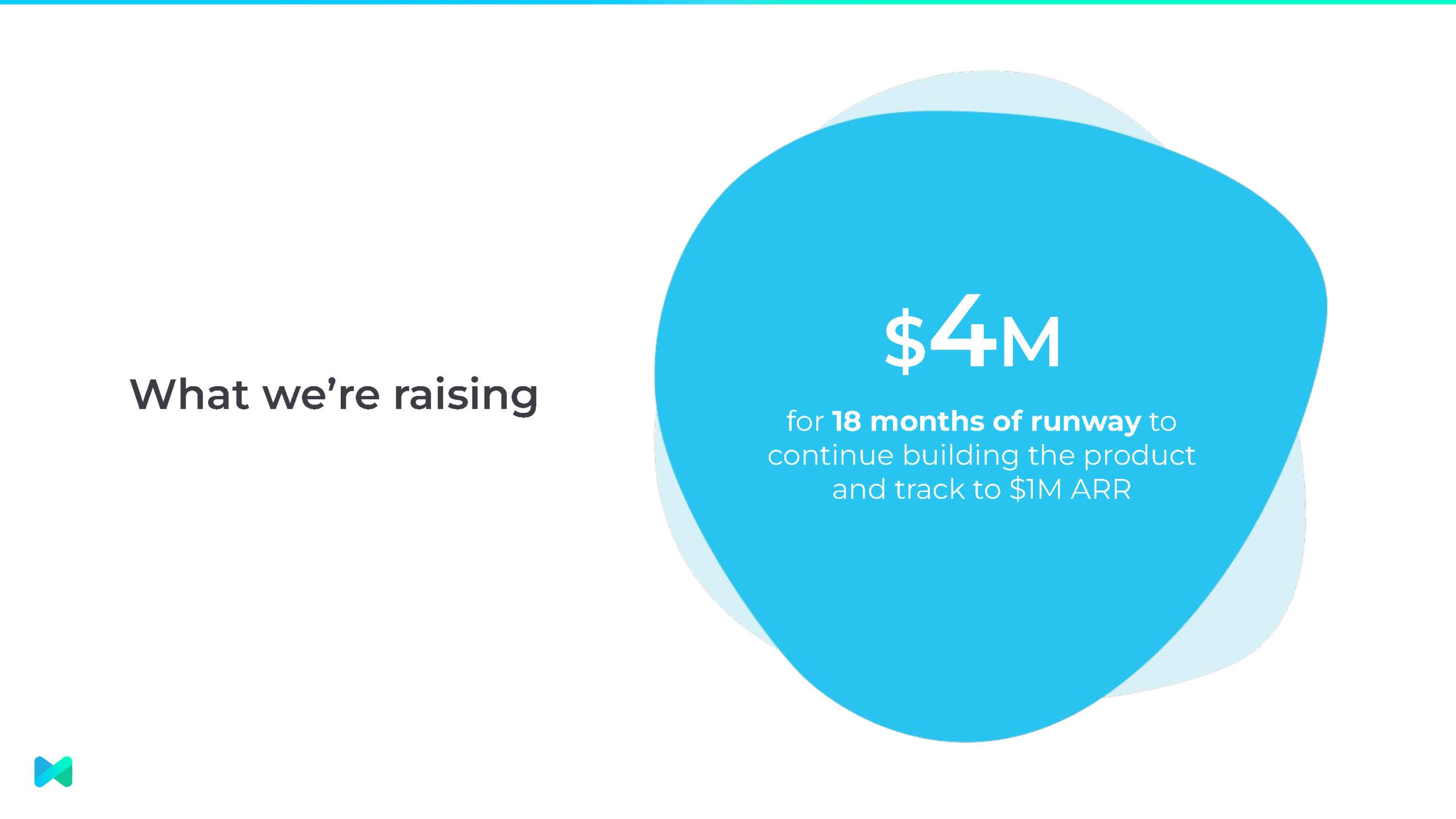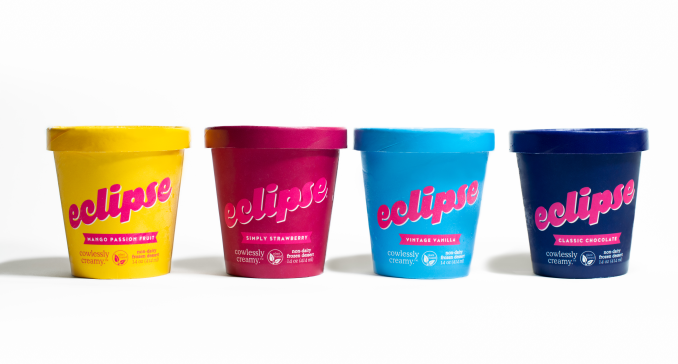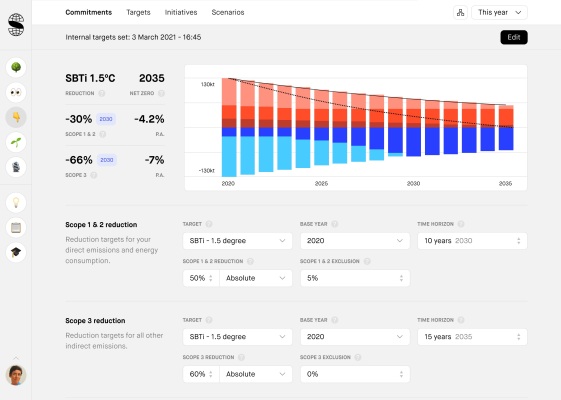[ad_1]
Momentum pulled off what every entrepreneur dreams of: Last year, it closed a lead investor for its seed round – which our own Ron Miller covered at the time – without even creating a pitch deck. A minor investor in its previous round had been keeping a close eye on the company, and when it mentioned it was raising a round, the investor swooped in and convinced Momentum it was the right choice to lead the round.
Once a lead was secured, Momentum created a pitch deck to fill out the round. I spoke with the company’s CEO to learn more about how he raised money without a deck, and he was gracious enough to let us share the deck that completed the rest of the round.
Momentum is a B2B company that creates sales process automation tools that make it easier to collaborate over Slack, which is especially helpful for organizations with complex sales processes with multiple stakeholders, decision-makers and handover points.
If you love these pitch deck teardowns and you want to submit your own, here are the details for how to do that!
Slides in this deck
Momentum’s seed deck contains 19 slides:
- 1 – Cover slide
- 2-4 – Problem slide in three parts
- 5-7 – Solution slide in three parts
- 8-10 – Product slide in three parts
- 11 – Market timing slide (“why now”)
- 12 – Traction slide
- 13 – User validation slide
- 14 – Market size slide
- 15 – Team and investor slide
- 16 – “The ask” slide
- 17 – Placeholder for demo
- 18 – Mic drop slide – customer testimonial
- 19 – Thank you slide
Three things to love
Momentum successfully raised a $ 5 million round with a beautiful and simple deck. It took the approach of breaking up some of the key slides (the problem, solution and product slides) into nine different slides. It really works in this particular deck, and it helps keep the flow of the pitch. It also makes the deck really easy to consume without the benefit of the company’s founder adding context to the story, which is fantastic.
Great “ask” slide
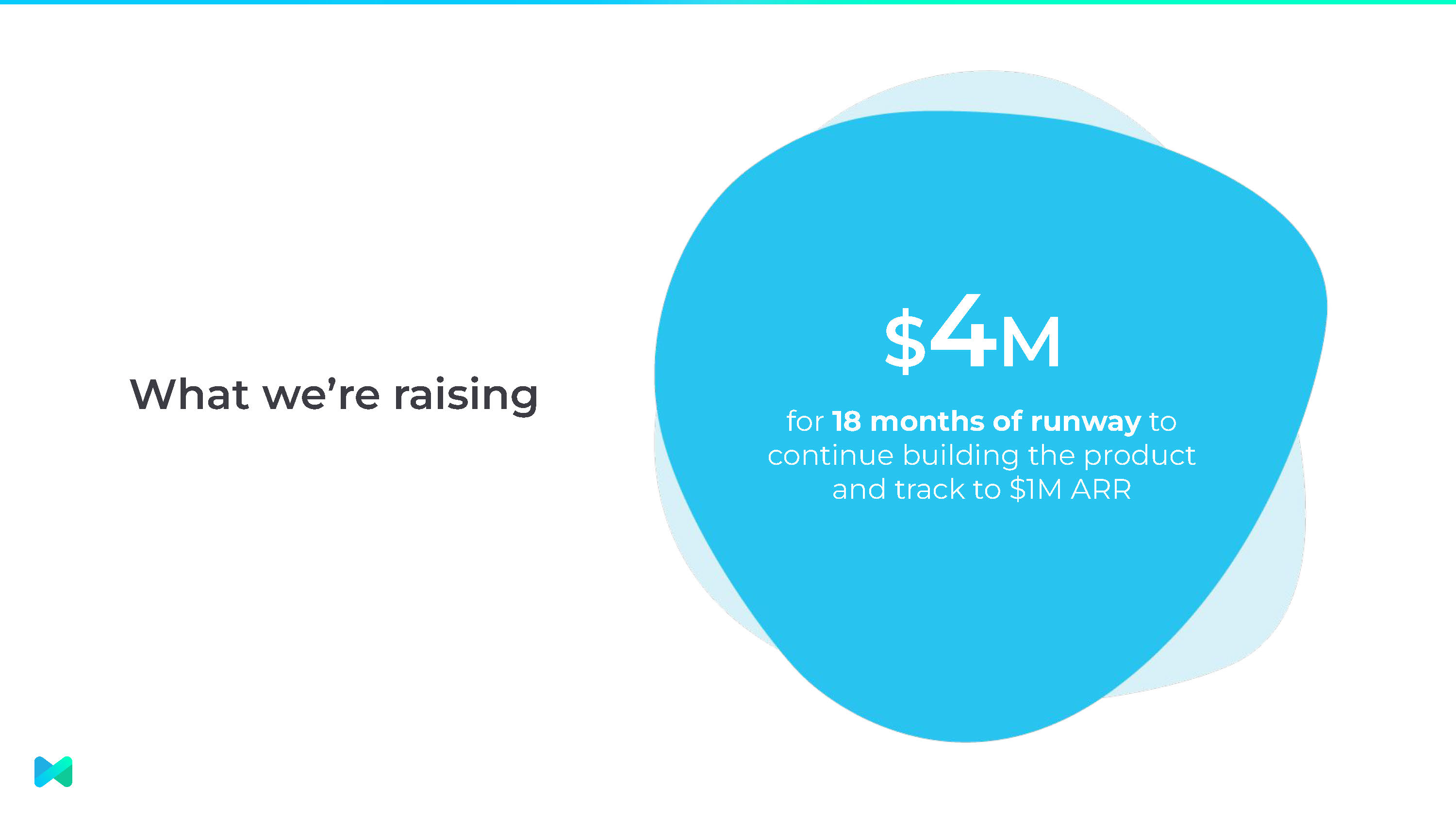
[Slide 16] Momentum includes an “ask” slide – it’s the most commonly missed slide in pitch decks. Image Credits: Momentum
Whenever I work with startups, I implore them to include an “ask” slide, and while not a complete slam dunk (more about that in just a moment), Momentum’s is one of the best I have seen to date. I love the clarity: We are raising $ 4 million. That will give us 18 months of runway, and we will do these things with the money. It makes it really clear for investors to contextualize what the company is about to do.
Makes the pitch feel current
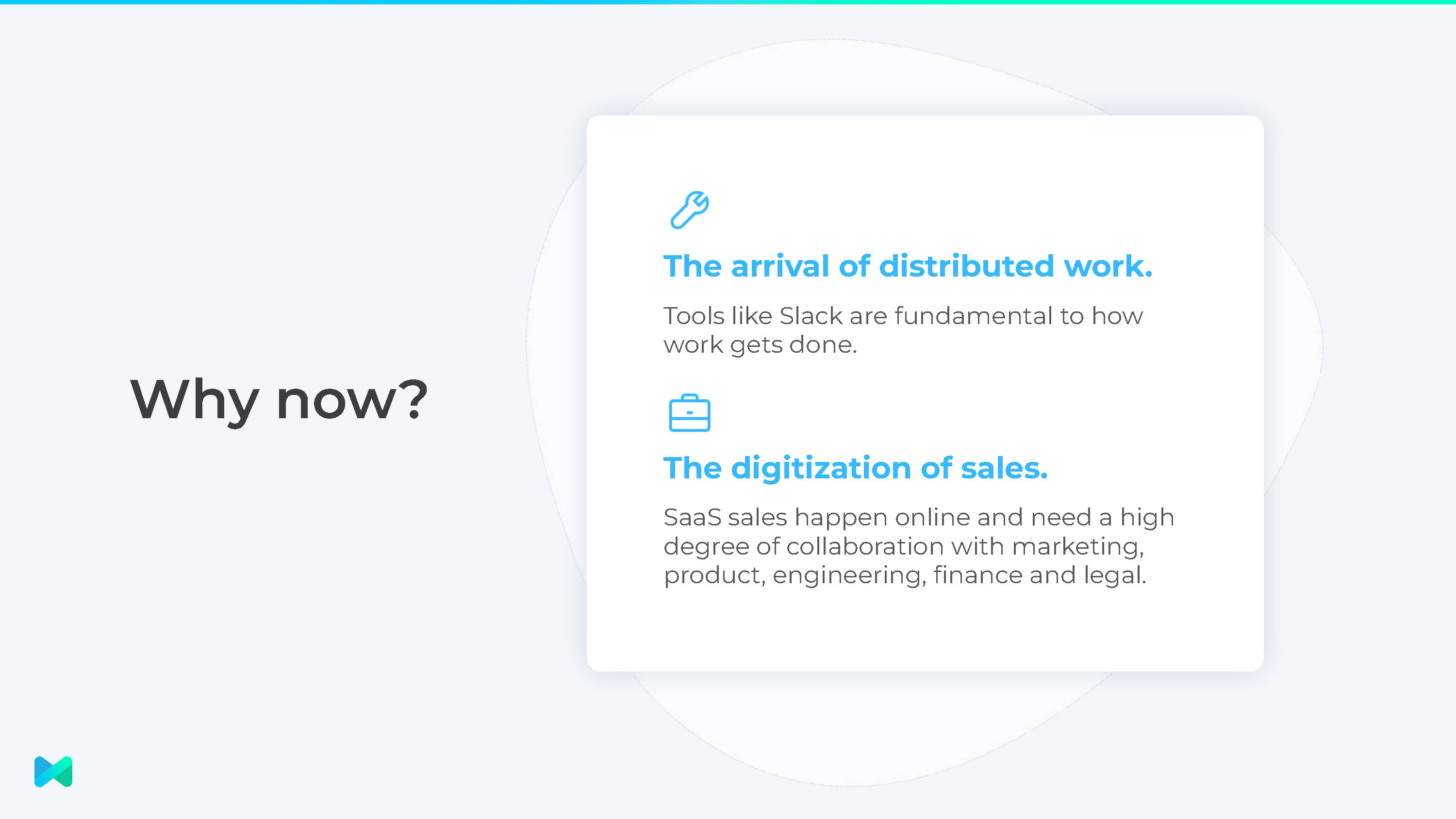
Image Credits: Momentum
One of the big things investors will ask themselves is, “Why now?” – especially in the context of a company like Momentum. Salesforce has been around for a long time, and there are a lot of other sales tools out there. The questions that spring to mind are, “Why didn’t this happen five years ago?” and “Why can’t this be done five years from now?” Momentum’s deck answers that question beautifully, including elements of the macroeconomic landscape (“the arrival of distributed work”) and a shift in how sales are done. I particularly enjoy that the company does not mention COVID-19 directly; don’t worry, the investors will be excruciatingly aware that the world has changed and that behavior shifts are likely to be permanent.
The mic drop
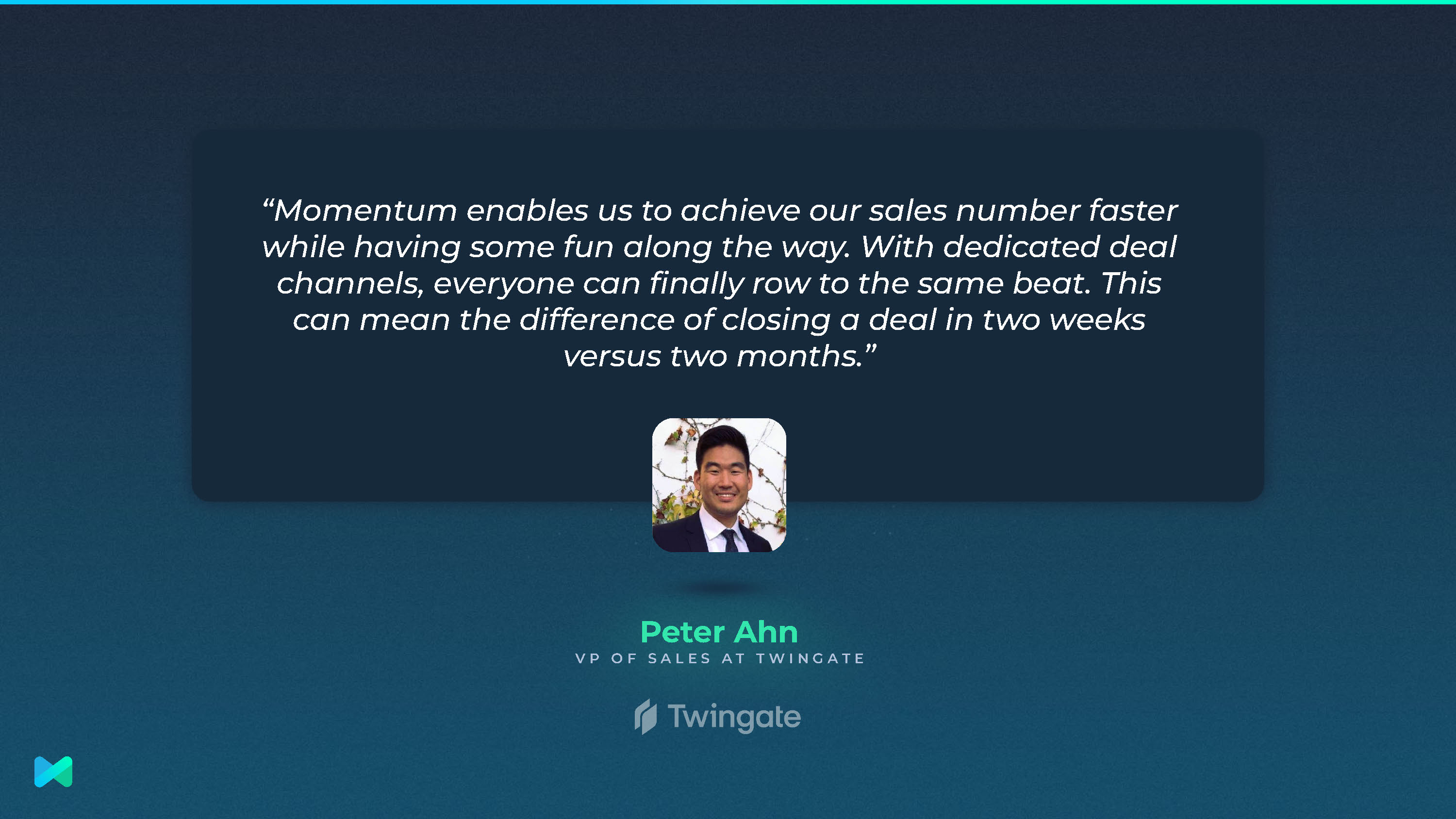
Image Credits: Momentum
In journalism, we often use something we call the martini glass style of writing: You assume that the reader will at some point stop reading, so you put the important info at the top of the article. That’s why you often find the who, what, when, where and how early on, with the “why” taking up the bulk of the analysis of a piece. “Wait,” I hear you cry, “that sounds like a triangle, not a martini glass!” Correct – the flat stem of the glass represents a punchline, a final parting volley that helps the reader pull all the pieces together. These days, you’d call it the mic-drop moment.
That’s what Momentum does so well in this deck – the first few slides set the stage, and in the penultimate slide, the company adds a customer testimonial. That is a great idea because a lot of founders will run out of steam a little bit toward the end of the pitch. The last thing you want to do is to launch into the investor Q&A session from a place of “meh.” By bringing the conversation back to a customer testimonial, it reinforces the impact the company has on its customers. Investors know that that’s a rare and hard-to-achieve thing, so it really sets the tone for the conversation to come.
In the rest of this teardown, we’ll take a look at three things Momentum could have improved or done differently, along with its full pitch deck!
[ad_2]
Source link
